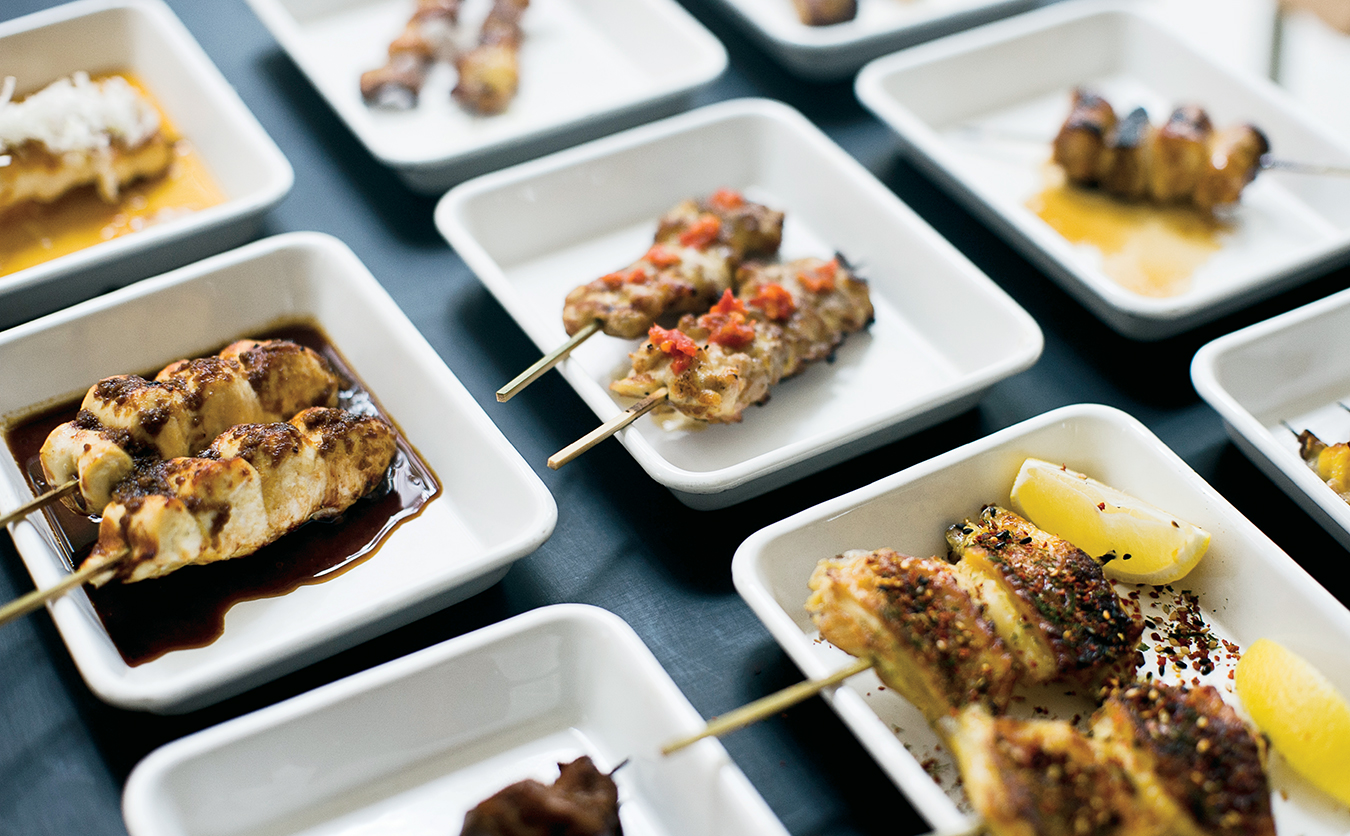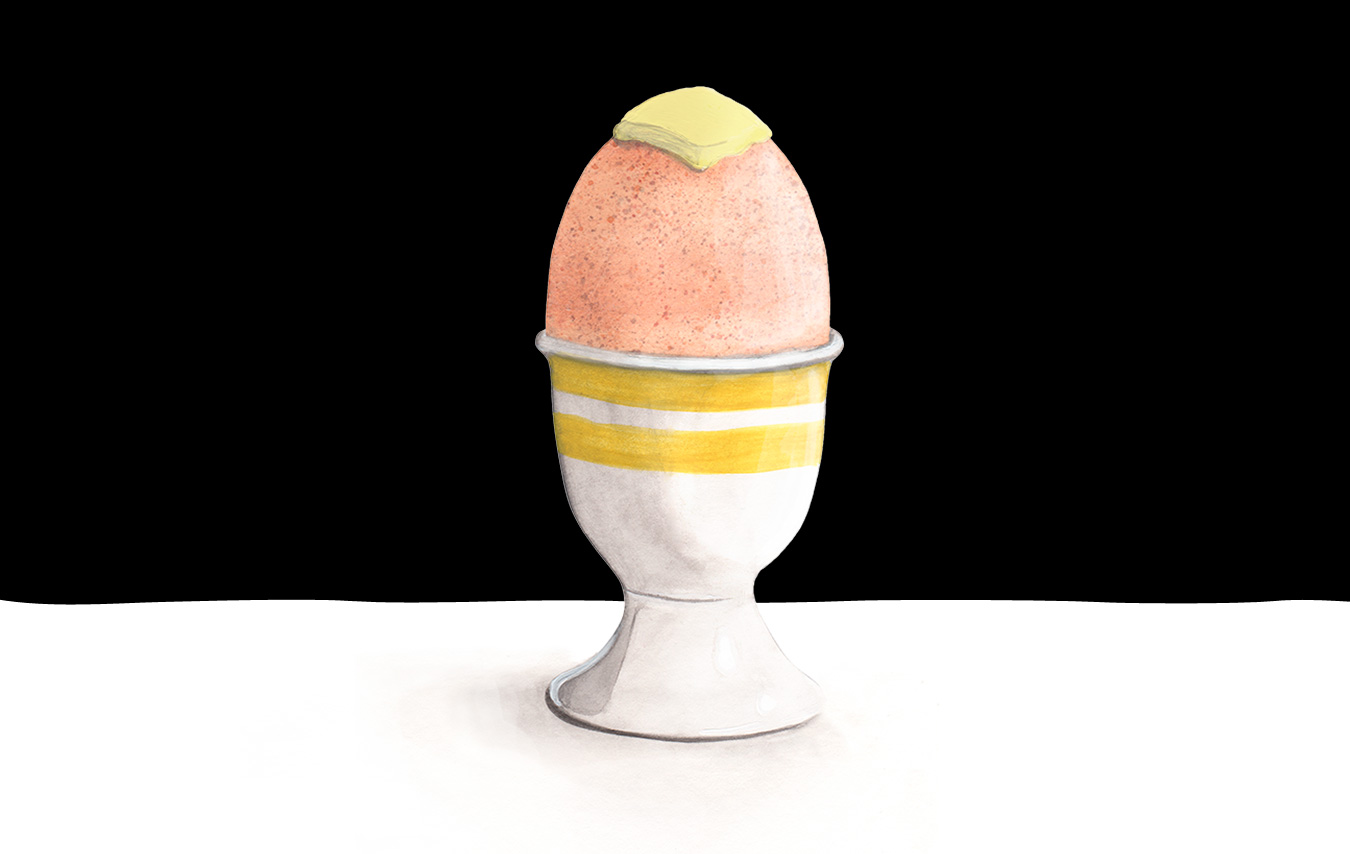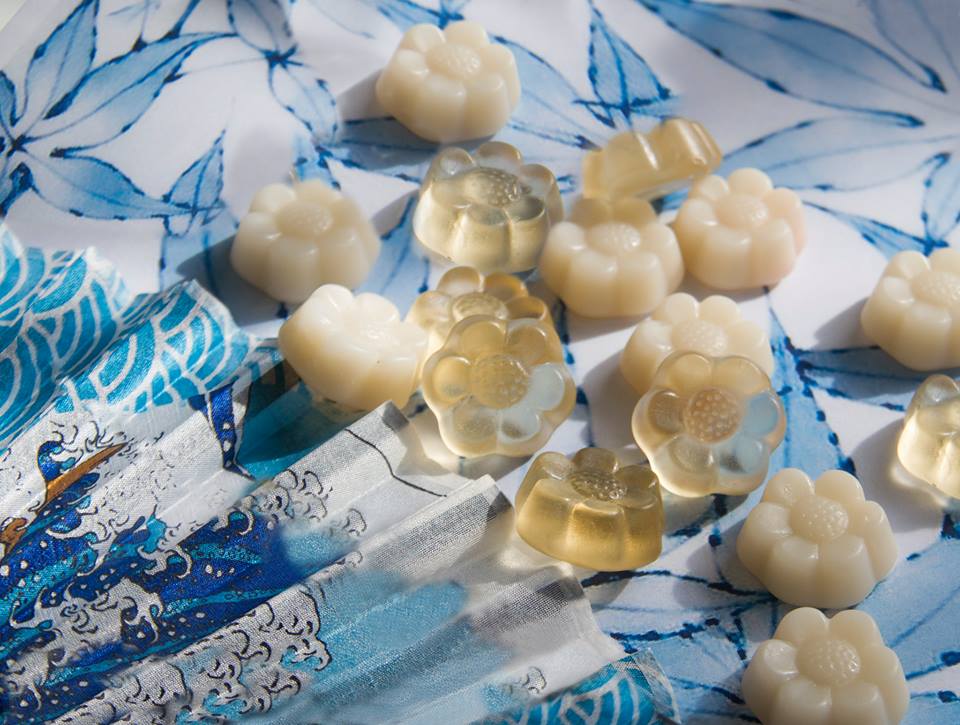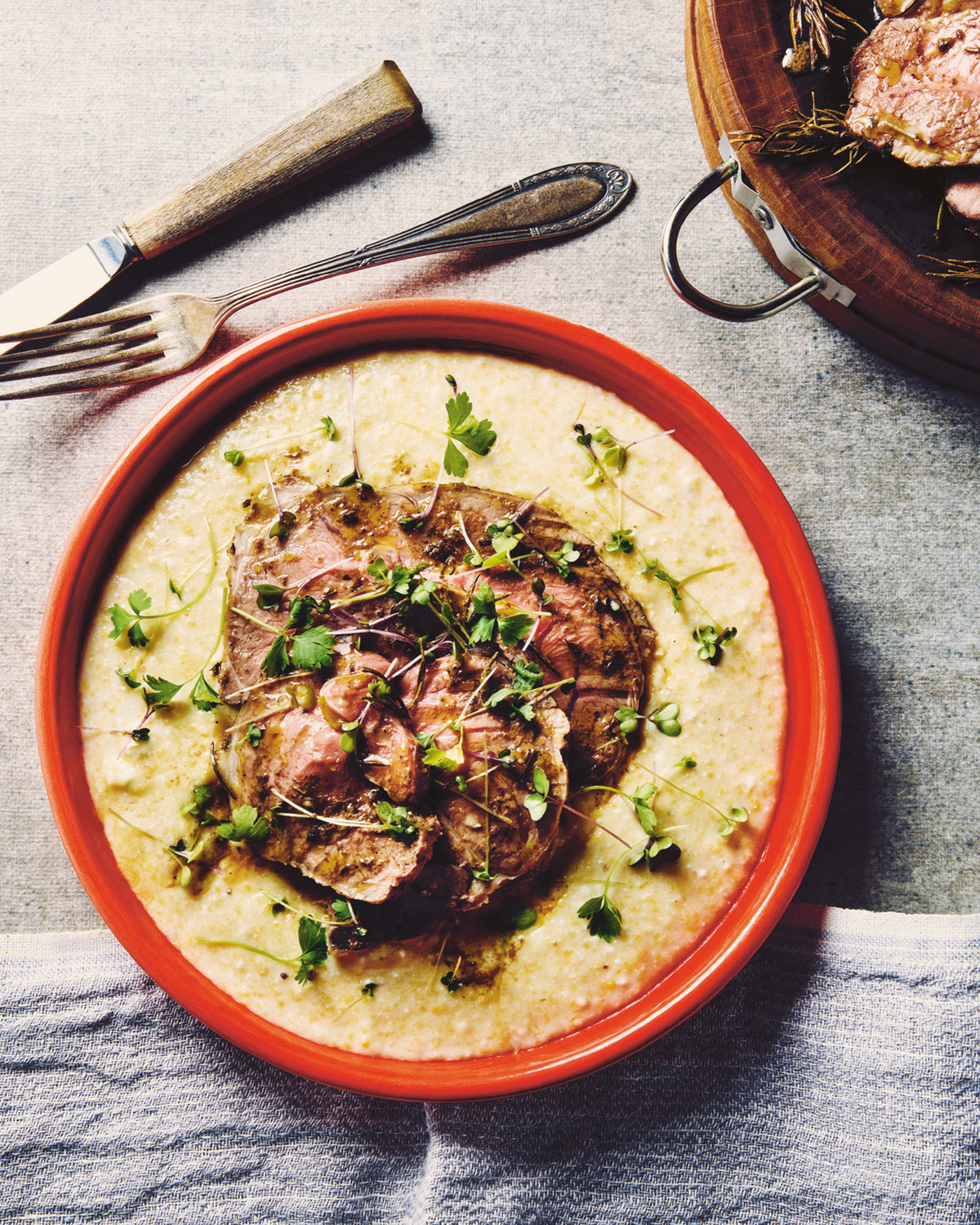Ramen
Noodly bliss.
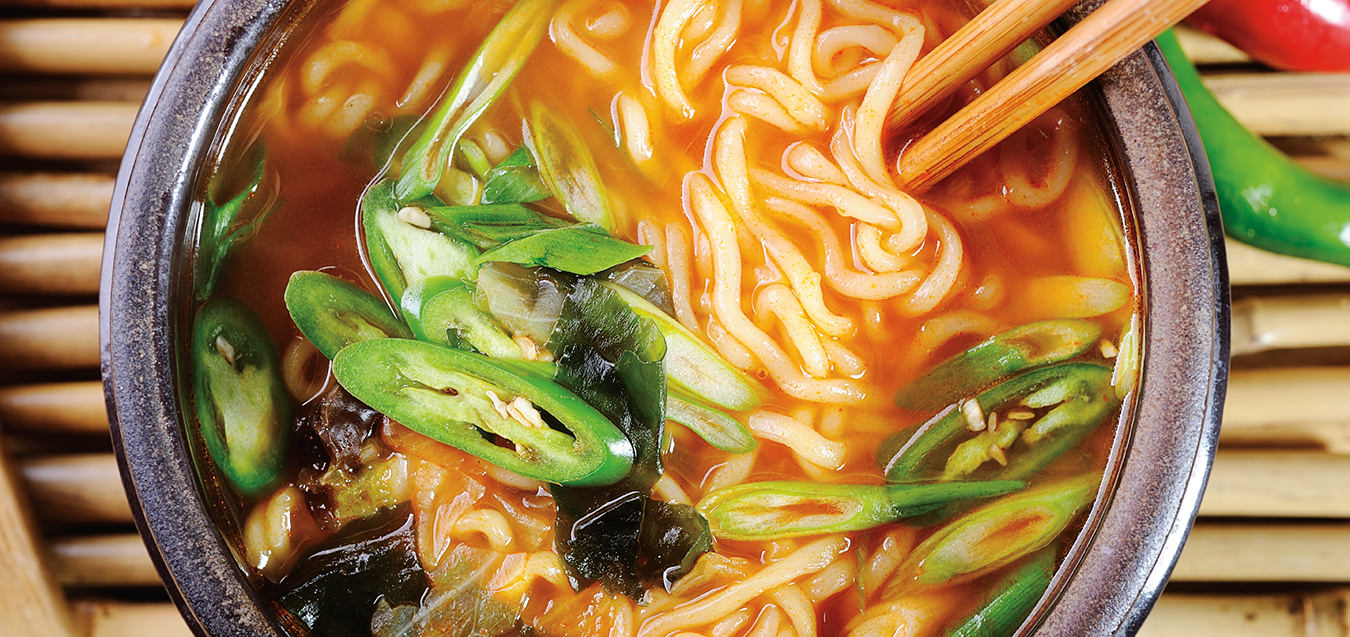
Photo©4Kodiak/iStockPhoto.
Ramen-ia rules in Japan. The Japanese can slurp ramen at more than 80,000 eateries and even make pilgrimages to wildly popular ramen museums. Ramen chefs compete on TV shows, and music groups pay homage with songs like “The Ramen Rap” and “I Wanna Eat Ramen”.
Ramen, or lo mein, Chinese for “stirred boiled noodles”, came to Japan from China in the late 19th century. In one story, two Chinese cooks introduced a dish called Shina (“China”) Soba at Tokyo’s Rairaken restaurant in 1910. This new noodle was made with kansui, alkaline mineral water, which gave it more elasticity and a more yellow colour than the traditional soba buckwheat noodle.
It soon caught on. Ramen was served up in shops and stalls across the country as a dish of noodles simmering in pork broth and salt with a few toppings. Today, the variations of ramen are countless and include various broths—pork, seafood, soy sauce, miso paste, and vegetarian, which is rare. Yet few ramen shops still make noodles from scratch—even in Japan. (Fresh ramen noodles—made with wheat, egg, and water—are more finicky to make than fettuccine.) Instead, they are bought fresh from noodle factories, and have a shelf life of a few days.
A good bowl of ramen is all about timing. Fresh noodles boil for 90 seconds; instant noodles boil for two minutes, and then go into the soup. No nobiteru (soggy noodles). The chewy noodles sit under toppings that typically include pork belly or lean pork, bean sprouts, egg, corn, and kimchee. If you’re still hungry, ask for kaedama, another order.
If you haven’t been to a ramen eatery, you’re likely thinking of the $0.99 packages of instant ramen that are staples for students and late-night snackers. A whopping 98.2 billion servings of the instant version were slurped up worldwide in 2011, according to the World Instant Noodles Association (WINA) and Nissin Foods. But authentic ramen, which inspires devotion by foodies, is worlds apart from its instant brother. For a borderline ramen-iac like me, a pilgrimage to the Momofuku Ando Instant Ramen Museum in Osaka was in order. Momofuku Ando, the inventor of instant noodles and founder of Nissin Foods, is a national hero—his statue even stands guard outside the museum. Ando was in the right place at the right time—he created the noodles in 1958, when food was scarce in Japan. Then came a nation on the move; people needed fast food, and the calorie-packed noodles were cheap.
At the wacky Shin-Yokohama Raumen Museum in Yokohama, nine restaurants set in recreated 1950s Tokyo street scenes showcase different versions of the stuff. One eatery features Tokyo-style soy-based soup, while another showcases Yamagata’s basic ingredient, miso. The city of Sapporo is represented here, too, and known for more than just its namesake beer brand: said to be the birthplace of miso ramen, it is so famous for its straight noodles in thick, white pork broth that its ramen is known for being the dish of the city.
Across the Pacific at Vancouver’s Kintaro eatery, manager Yoshi Negishi says their most popular ramen is miso with BBQ pork. Their cheese ramen—unique to North America—is topped with melted Swiss and mozzarella cheeses. Negishi says that despite the constant lineup, most people spend only half an hour seated, just enough time to slurp a bowl and down a Kirin.
Ramen etiquette dictates that you use chopsticks to eat the noodles and toppings, then drink the soup with a spoon. To thoroughly enjoy ramen you have to eat it fast, otherwise the noodles get soggy. Slurping helps, some say, because it cools the noodles for ease of eating, while others attest that the method enhances both flavour and aroma.
When Kintaro opened in 2000, only a few ramen eateries existed in Vancouver. Now the city has dozens. Every day at the crack of dawn, Kintaro’s cooks start making the dashi (stock) from about 45 kilograms of pork bones. Vegetables are added later in the day, and it all simmers until midnight—making enough for about 500 bowls the next day.
Different restaurants have their own tweaks on the dish. For example, at Momofuku Noodle Bar in New York and Toronto, ramen noodles are formed from white pearl flour (from winter wheat), and broth is made with kombu kelp, shiitake mushrooms, and chicken.
Slabs of pork belly floating atop hearty broth that’s glistening with beads of oil, cut with crispy bean sprouts and green onion, and then the chewy noodles—rapture. Ramen oishikatta (really good ramen).
Photo ©4Kodiak/iStockPhoto.





